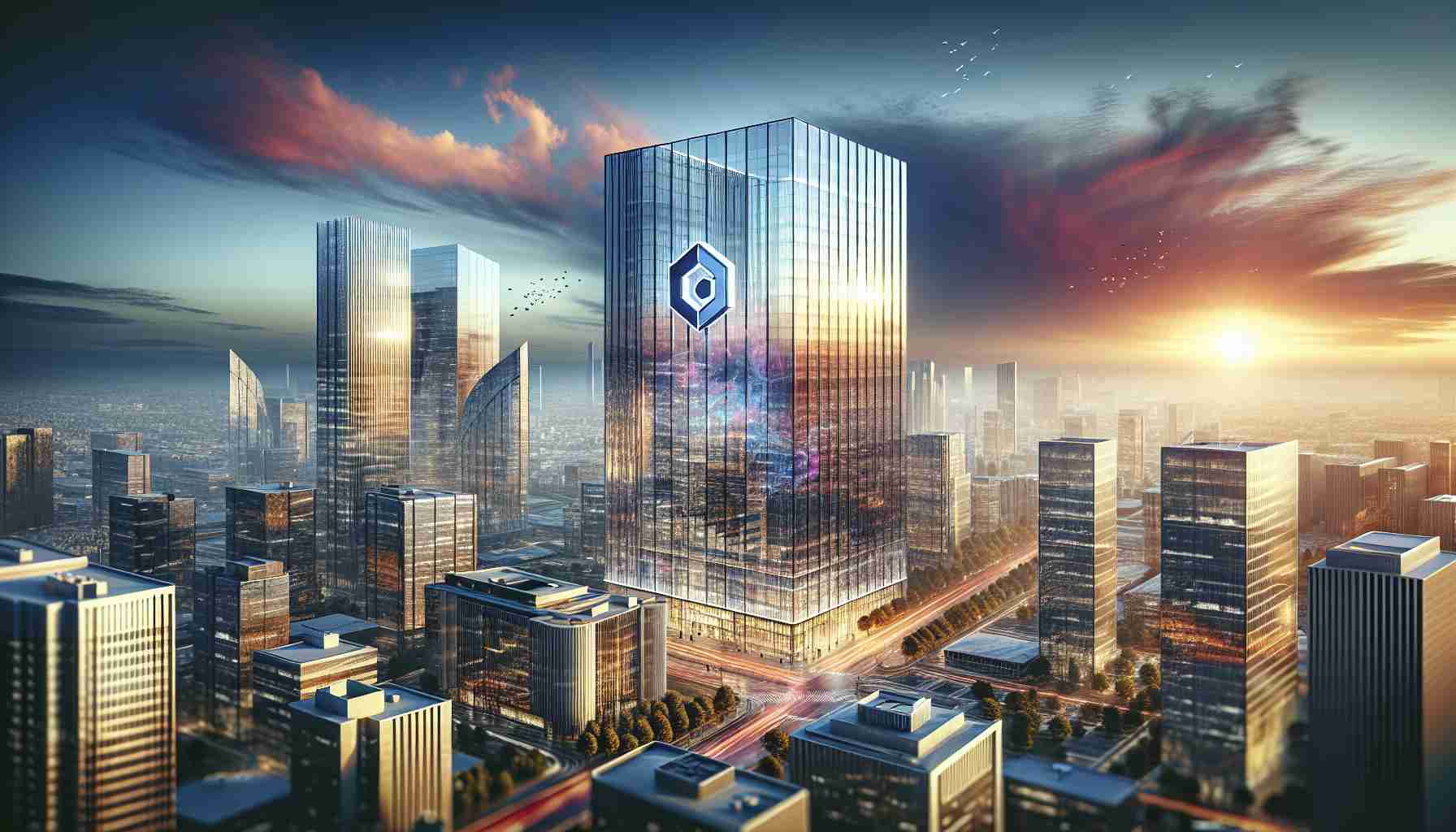In an innovative move toward urban security, a new autonomous security robot is making its debut in Atlanta’s Old Fourth Ward. Named “Sparky,” this advanced surveillance device has been deployed at two apartment complexes on Boulevard, showcasing the latest in artificial intelligence technology.
Designed to patrol the area independently, Sparky operates without human control, navigating its environment through a series of advanced sensors. Residents have shared their thoughts on this robotic presence, with many expressing relief at the potential for reduced crime rates. One local noted the positive changes since Sparky’s arrival, indicating an absence of criminal activity.
Developed by Knightscope, a California-based robotics company, the sophisticated machine stands over five feet tall and weighs around 400 pounds. Notably, it is engineered not just for surveillance but also to analyze its surroundings for unusual behavior, alerting authorities when necessary.
While some embrace this technological advancement, others voice concern about the implications for employment in security roles, suggesting that the reliance on such robots may diminish the need for human security personnel.
Knightscope has reported a nationwide presence, claiming numerous deployments have corresponded with significant reductions in crime. As Sparky continues its patrols in the Old Fourth Ward, it symbolizes a blend of innovation and a community’s new approach to safety.
Is This Robot the Future of Neighborhood Safety? Examining Sparky’s Role in Urban Security
As urban areas grapple with crime and safety concerns, the emergence of autonomous security robots, such as “Sparky,” is initiating a transformative dialogue about the future of neighborhood safety. Deployed in Atlanta’s Old Fourth Ward, Sparky represents more than just a surveillance tool; it embodies a shift toward integrating advanced technology in community security efforts.
What are the key benefits of deploying robots like Sparky in neighborhoods?
One significant advantage of such robots is their 24/7 operational capability. Unlike human security guards, robots do not require breaks, shifts, or sleep, allowing consistent monitoring of public spaces. Their advanced sensors and AI algorithms can detect a range of unusual activities, potentially preventing crime before it occurs. By continuously patrolling and analyzing data, these robots can provide a sense of safety and deter potential wrongdoers.
What challenges and controversies surround the implementation of security robots?
Despite the benefits, several challenges accompany the integration of robots like Sparky. Privacy concerns are paramount; residents may feel uneasy with machines continuously collecting data and surveilling their environment. Additionally, the reliance on robots raises questions about accountability—if an incident occurs, who is responsible? Furthermore, the introduction of robots may lead to a reduction in the hiring of human security professionals, sparking debates about the consequences for employment in the security sector.
What do residents think about Sparky’s presence in their neighborhoods?
Community opinions are mixed. While many appreciate the added layer of security and report a decrease in crime since Sparky’s arrival, others express discomfort regarding the presence of a robot within their living spaces. Some residents worry that societal dependence on technology could lead to a gradual erosion of community ties and human interactions, which are critical in nurturing a sense of safety and belonging.
Are there any ethical implications of using autonomous robots for public safety?
The ethical implications of using robots for neighborhood safety are complex. Advocates argue that they enhance security without physical confrontation, whereas critics point out that machines lack empathy and understanding in crises that require human intervention. The ability of AI to make real-time decisions raises concerns about bias in surveillance and how algorithms may misinterpret behavior, potentially leading to wrongful alerts.
What might the future hold for robots in public safety?
The future of security robots seems promising, with potential advancements in AI and machine learning likely to enhance their effectiveness. However, the success of such initiatives will depend on community acceptance and the establishment of clear guidelines that address privacy, accountability, and the balance of human oversight.
Advantages of Using Robots in Neighborhood Safety:
1. Continuous Monitoring: Robots can operate 24/7 without fatigue.
2. Crime Deterrence: Their presence may discourage criminal activities.
3. Data Collection: Analysts can use data gathered by robots to improve public safety measures.
Disadvantages of Using Robots in Neighborhood Safety:
1. Privacy Concerns: Constant surveillance may infringe on residents’ privacy.
2. Job Displacement: Increased reliance on robots could reduce job opportunities for human security personnel.
3. Emotional Disconnect: Robots cannot provide the empathy and discretion often needed in security roles.
As urban environments evolve, the discussion surrounding robots in neighborhood safety continues to unfold. As technology progresses, communities will need to navigate these changes carefully, ensuring that the implementation of such innovations aligns with their values and needs.
For more information on robotics in public safety, visit Knightscope.













